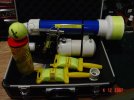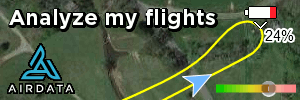In terms of "running" of string in nature and avoiding harm, the length of the string plays a role, especially if the string is not biodegradable
.
Why string length matters
- Entanglement: Long strands of non-biodegradable string, such as synthetic baler twine or fishing line, can pose a significant entanglement hazard to wildlife. Animals can become caught, leading to injuries, strangulation, and even death, according to NOAA's Marine Debris Program. A study in Portugal found high entanglement rates of stork chicks in plastic baler twine in their nests, highlighting the dangers of long, non-biodegradable string in wildlife habitats.
- Ingestion: While less directly related to length, longer pieces of string (especially if mistaken for food) could potentially cause digestive issues if ingested by animals.
Choosing biodegradable options
- Minimizing harm: When using string for outdoor activities, especially in gardening or other situations where it might be left in nature, choosing biodegradable options like jute, hemp, or cotton twine is important. These materials break down naturally over time, reducing the risk of long-term environmental impact and harm to wildlife.
- Composting: Biodegradable string can often be composted at the end of its useful life, further minimizing waste and environmental impact.
Safe practices
- Minimize use: If using non-biodegradable string, minimize its use and ensure it's removed and disposed of properly after use.
- Cut into short pieces: If you cannot avoid using non-biodegradable string, cut it into very short pieces before discarding it, to reduce the risk of entanglement.
While there isn't a specific "maximum safe length" that applies universally, the general principle is that the shorter the non-biodegradable string left in nature, the lower the risk of harm to wildlife. Choosing biodegradable alternatives and practicing responsible disposal are the most effective ways to minimize the impact of string on natural environments.
For guidance check your local disposal laws OR check your local wildlife regulations for "laying" or disposing of wire or string around animals.












